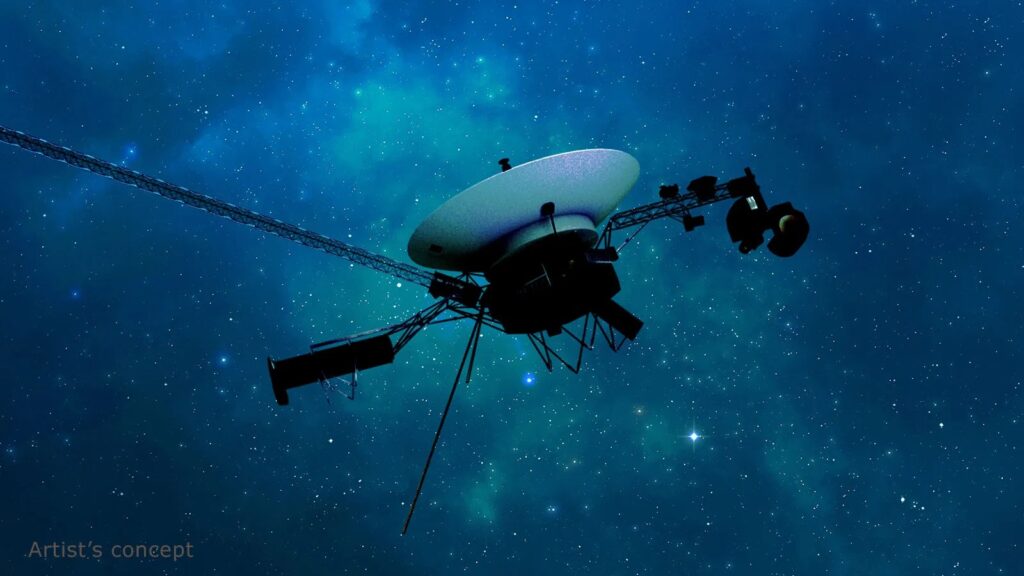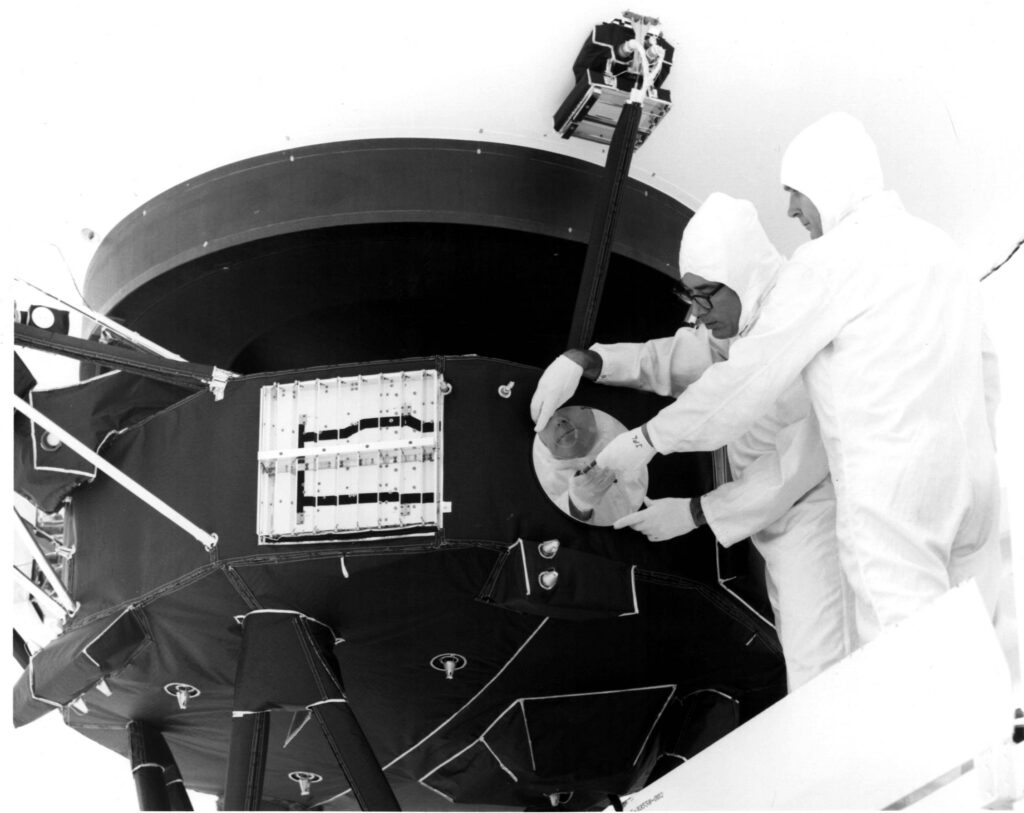Voyager 1, located in interstellar space, has shown some signs of “recovery”. This was announced in an interview by project manager Suzanne Dodd.
Repairs at the edge of the Solar System
The problems with Voyager 1 began in November 2023, when instead of collecting data, it began transmitting a repeating pattern of ones and zeros to Earth, as if it had jammed. Mission specialists concluded that the whole point was a malfunction of the flight data system (FDS). They rebooted the machine’s computer, but it didn’t help.

Apparently, it’s all about the damage to the bit structure in the FDS computer. The problem is that the specialists do not know exactly where to look for this damage.
The situation is further aggravated by the age of the spacecraft. Voyager 1 was launched in 1977. Back then, it was NASA’s flagship mission, with 950 Jet Propulsion Laboratory employees working full-time on it. After 46 years, the mission’s staff was reduced to 12 people. In their work, they actually have to play the role of techno-archaeologists. They turn to documents from half a century ago, written by people, most of whom have already died, and the rest have been retired for a long time. They try to understand the logic of the creators, which guided them when writing the program code.
Signs of Voyager 1 “recovery”
For several months, the mission’s specialists could not boast of much progress in the rescue of the vehicle. But recently, Voyager 1 has begun to show signs of “recovery.” The probe finally began to transmit familiar sequences of ones and zeros. According to Suzanne Dodd, they are not quite as expected. But it shows that FDS is at least partially working.

But even if the team is on the right path, the repair will take a very long time. Distance is another very significant factor. It takes 22.5 hours for commands sent from Earth to reach Voyager 1. It takes the same amount of time to get a response. Currently, the team sends Voyager 1 commands about once a week, which slows it down even more. But experts hope that they will still be able to solve the problem and return the interstellar traveler to service.
According to https://www.pasadenastarnews.com
Follow us on Twitter to get the most interesting space news in time
https://twitter.comne/ust_magazi


